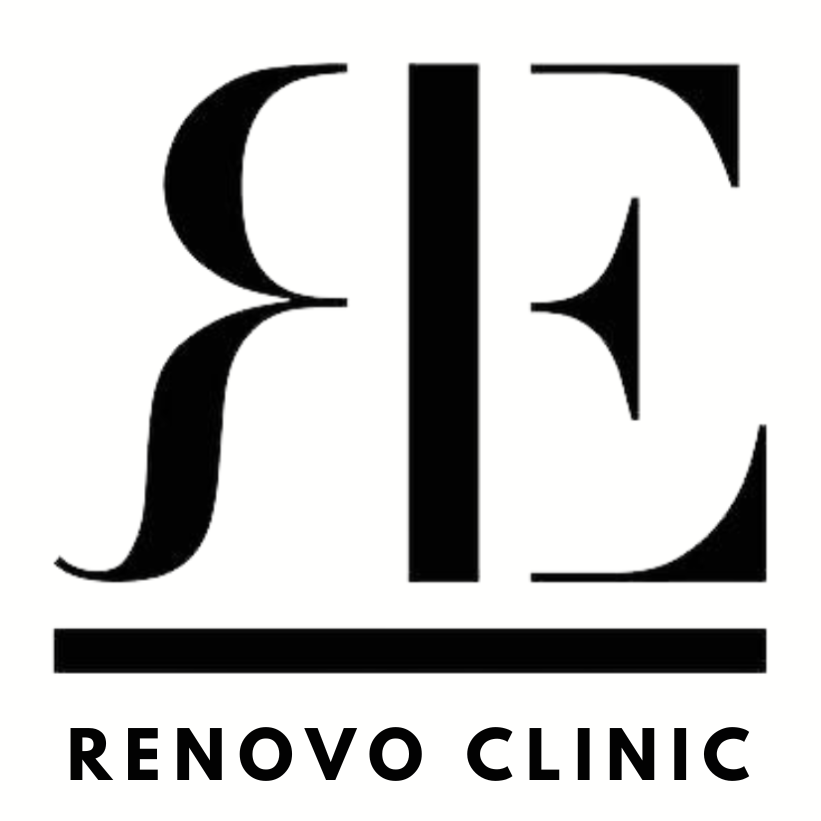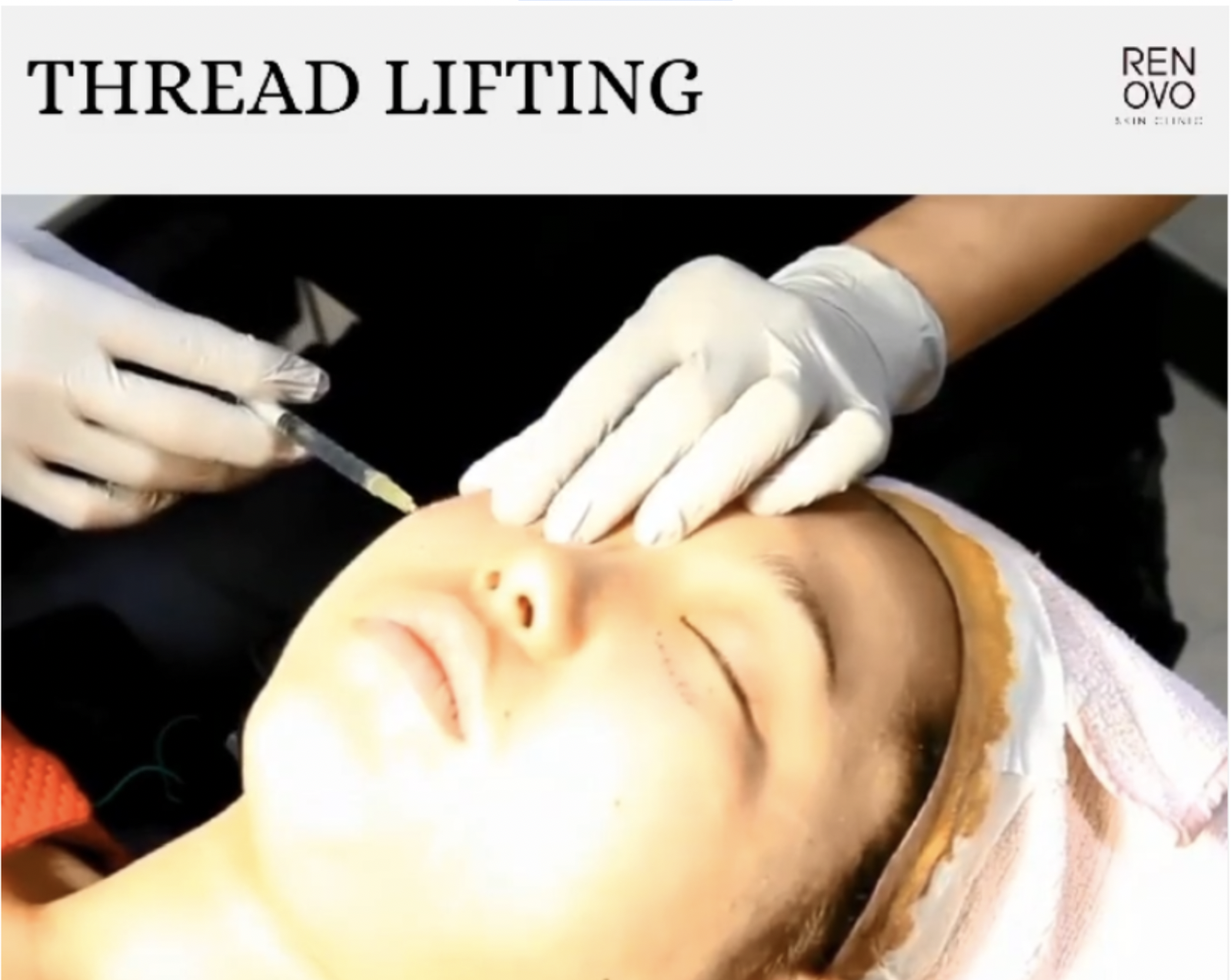What are Thread Lifts?
Threads are usually used for sewing and are typically associated with fashion, clothing, simple aesthetic procedures like eyebrow threading, and surgeries. In hospitals and clinics, medical practitioners use threads for sutures to close open wounds and finish surgeries. However, surgical doctors also utilize threads in non-surgical lifting for facial rejuvenation, called thread lifts. Thread lifting is one of the many procedures in Korea to help you with moderate skin laxity caused by aging and intrinsic and extrinsic factors. Aging is a natural human body process that occurs in everyone. As we age, collagen production, dermal facial skin scaffolding, and fat components weaken throughout the body, making us look older. In other words, moderate skin laxity is the physical manifestation of aging due to the continuous deterioration of systems in our bodies.
The most affected areas are typically on the face, including the cheeks, eyebrows, neck, and the mandibular area or the lower jaw. In the early years, complex surgical procedures were made to correct this skin issue, but due to the recent instigation of thread lifting, a more youthful look can now be achieved through non-surgical and less invasive procedures. Facial thread lifting is a temporary treatment that lifts the excess skin on different facial areas by lifting it with dissolvable PDO threads instead of removing it, which is common among surgical liftings. Thread lift involves a Barbed suture lift, where the doctor inserts the threads in the facial areas with moderate laxity to appear taut and firm.
Additionally, thread lifts stimulate the body’s natural healing abilities because the procedure causes the body to increase collagen production in the treated areas. This procedure is famous in Korea, specifically in Seoul, and at the Renovo Skin Clinic, we offer facial thread lifting and HIKO nose lifts. HIKO nose lift or filler is another form of thread lift for the nose. It is a non-surgical alternative procedure for rhinoplasty that utilizes threads to make the nose appear slimmer and taller.
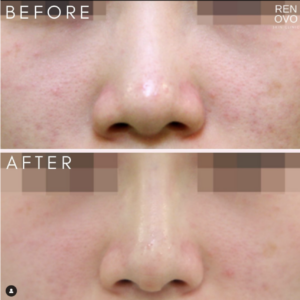
How does it work?
Since facial thread lifting involves inserting plenty of threads through facial areas with moderate skin laxity, local anesthesia will be given to you before the procedure to help eliminate any pain or discomfort you may experience during the treatment. Facial thread lifts use dissolvable and non-dissolvable threads that may depend on you or your dermatologist, considering what suits you best. At Renovo Skin Clinic, we only like to use dissolvable threads which should dissolve within 6 months, with the effect lasting about a year. The licensed medical practitioner or surgical doctor will insert the threads underneath your skin in areas that need treatment and pull it upwards or around your head, forehead, and neck through a barbed suture. The threads’ barbs will securely hold everything in its new lifted position. Then, the doctor will pull the lines toward the desired direction for a firmer look. Afterward, collagen structures will continue to form around the threads as a natural bodily reaction, leading to longer-lasting lifting effects and even skin improvements due to the increased collagen in the dermis.
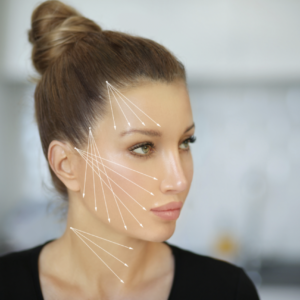
Three types of Threads
Polydioxanone (PDO) thread is one of the three types of threads used in thread lifting, while the other two are polylactic acid (PLA) and polycaprolactone (PCA). These threads naturally dissolve in the body, and their longevity lasts around six months. PDO has been around the longest in suturing, and its components include a synthetic biodegradable polymer that gradually breaks down when in contact with water (hydrolysis). Subsequently, the field of aesthetics and dermatology established PLA threads. It has components including biocompatible polymer from lactic acid and is resorbable. Lastly, they introduced a better variety of PLA and PDO threads and have become the newest generation of thread types used in thread lifting, and this is PCA threads. It is bio-absorbable and reinstates collagen production longer than PLA and PDO. However, as we veer on the side of safety at Renovo, we prefer the tried and true PDO threads as they have been used in the medical field the longest and have the most predictable results.
On the other hand, thread lifts with non-absorbable threads like APTOS are removed by surgical doctors after a certain period. Therefore, in choosing which thread to use for your thread lift, one must consult their dermatologist or a board-certified medical practitioner to determine the appropriate thread lift component based on compatibility. Please note that only licensed medical doctors administer thread lifting, considering it involves the multiple insertions of threads underneath the skin. It is also to ensure your safety and the success of the procedure.
Targeted Areas
- Jowls
- Mandibular areas (Jawline)
- Under-eye
- Forehead
- Cheeks
- Eyebrows
- Nose (HIKO nose filler)
Clinical Studies
A clinical study was conducted to determine the efficacy of facial thread lifting among thirty-seven female patients aged from 37 to 65 in areas including the eyebrow, neck, and jawline. Results have shown that 33 (89%) of the patients were satisfactory, with 24 (65%) patients with excellent outcomes and 9 (24%) patients with good outcomes. Therefore, they concluded that facial thread lifting for facial rejuvenation is a safe procedure with minor complications suited for patients with modest lifting degrees.
Others:
Facial thread lifting is typically administered to individuals in their late 30s to early 50s because it is where skin laxity is prominent. Thread lifts are also a considerable alternative to surgical facelifts for individuals who cannot undergo surgery for medical reasons. After the procedure, you will immediately see the results, but please note that you may experience bruising, swelling, bleeding, inflammation, and discomfort because of the nature of the procedure. So, to achieve optimal healing, please refrain from moving the treated areas strenuously and avoid being touched and pulled. The treatment has minimal to no downtime, so you can instantly resume your typical routine after the treatment, but please avoid any unwarranted accidents.
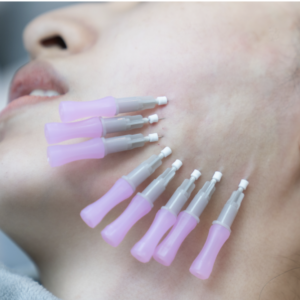
Unlike facelifts, thread lifts are temporary, but results can last up to three years depending on your skin laxity severity, so it is better to have realistic expectations regarding the treatment, although it has significant effects.
We recommend our patients avoid sleeping on their front or sides and avoid opening the mouth extensively for the first 3 weeks to have the longest-lasting results possible This means you should avoid the dentist during this period. Lastly, consult your dermatologist firsthand or any licensed or board-certified medical practitioner before undergoing this procedure for your safety and to avoid unwanted skin damage. Please also note that facial thread lifts are only compatible with moderate skin laxity because they only provide temporary lifting. Thus, surgical facelifts are appropriate for severe and extreme skin laxity.
If you are interested in HIKO nose filler and facial thread lifts, you may consult us at the Renovo Skin Clinic using our [email protected] or any of our socials, and we will be happy to help you with online consultation to plan your next steps with us. Here, we will treat you like royalty, pamper you as you deserve, and guide you through the procedures to help you achieve that firm and taut appearance.
